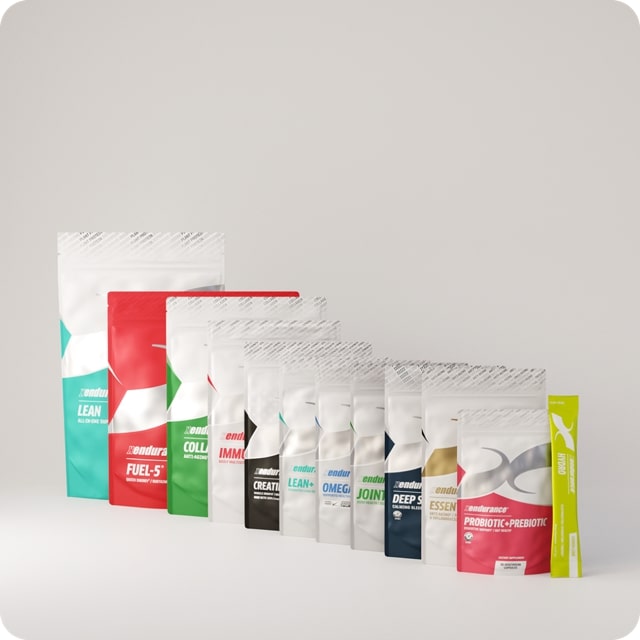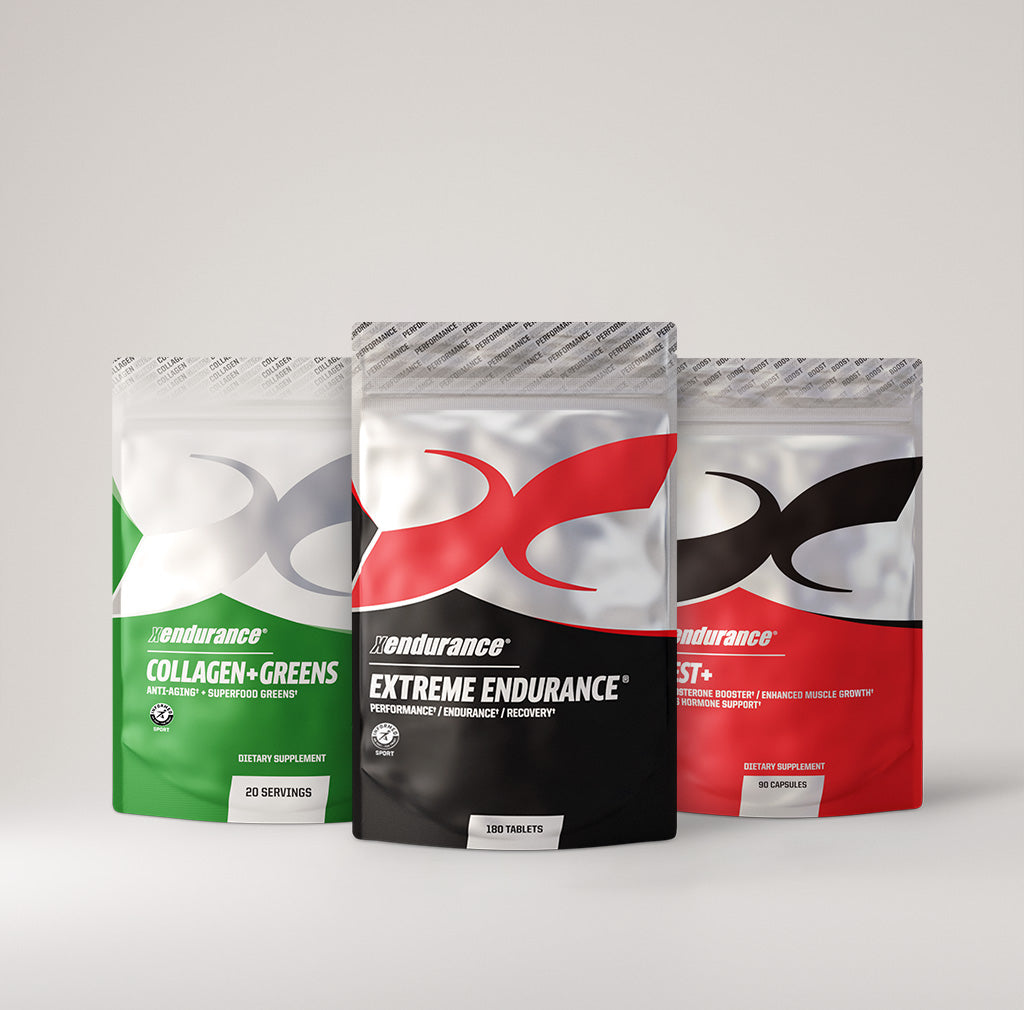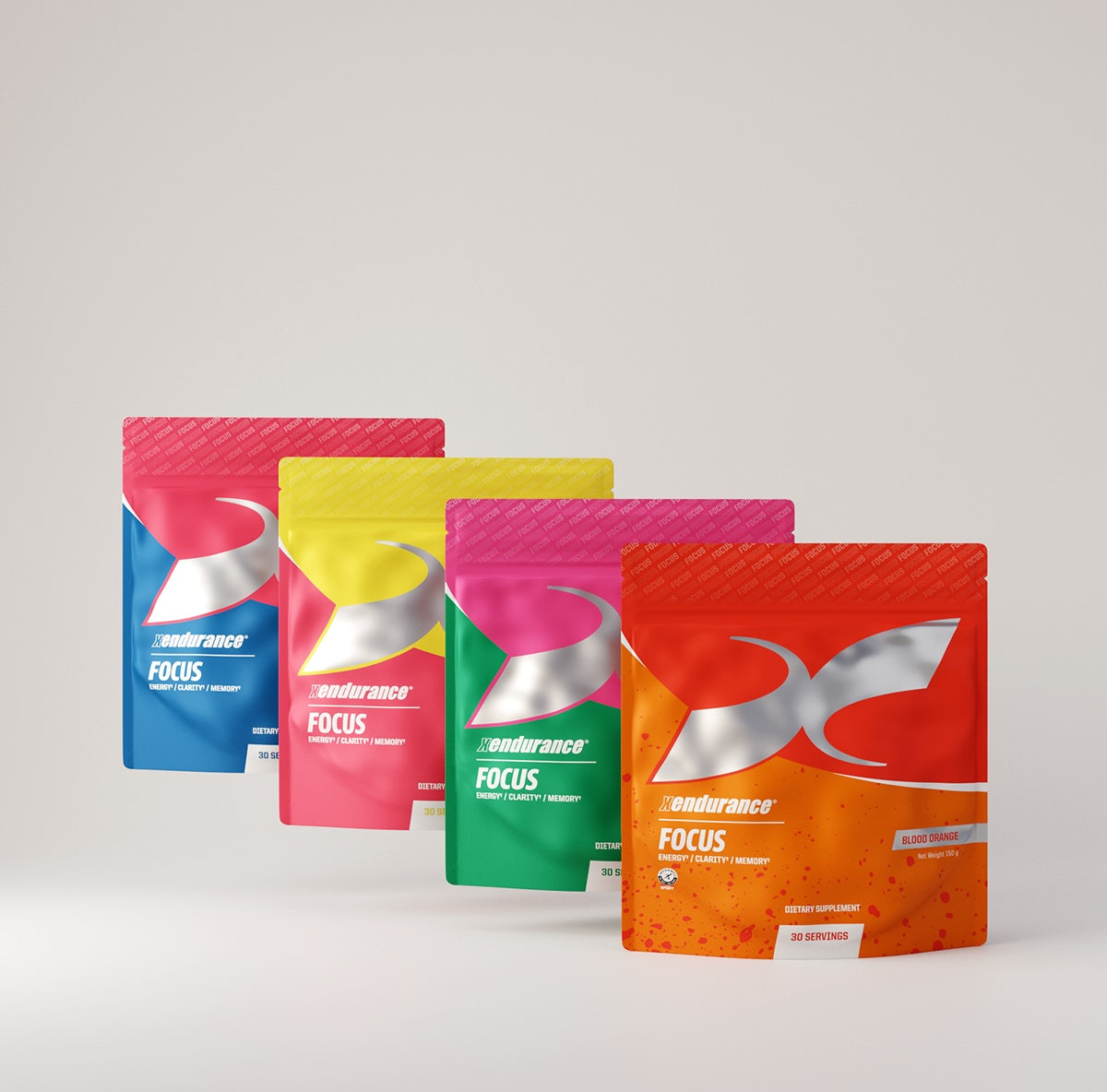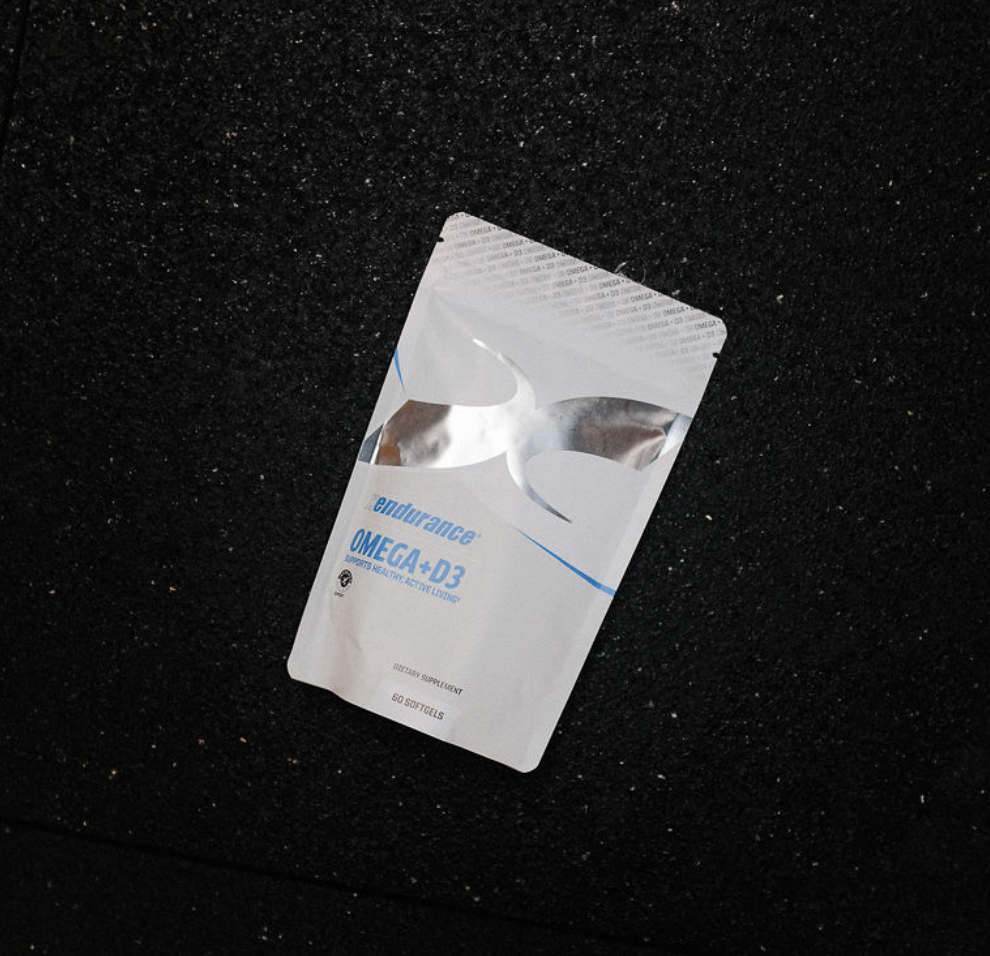In a world obsessed with anti-aging creams, diets, and gadgets, what if the key to staying youthful was as simple as popping a daily vitamin? Recent research from Harvard has turned heads by showing that vitamin D—a common supplement many of us already take—can actually slow down the biological aging process. Over a four-year study, scientists found that vitamin D helps protect the tiny structures in our cells called telomeres, which act like guardians against the wear and tear of time.
This isn't just hype; it's backed by solid science from respected institutions like Harvard and Mass General Brigham. In this blog, we'll dive into the details of this exciting study, explore what vitamin D does for your overall health, and take a closer look at a popular product, Xendurance Omega+D3, that combines vitamin D with omega-3s for even more benefits. Whether you're a science buff or just someone looking to feel better as you age, we'll break it down in plain language while keeping the facts straight.
Understanding Telomeres: The Cellular Clock of Aging
To grasp why this vitamin D discovery is a big deal, we need to start with the basics of how our bodies age at the cellular level. Imagine your DNA as long, twisted shoelaces packed inside every cell. At the ends of these shoelaces are protective caps called telomeres. They're made of repetitive DNA sequences that prevent the chromosomes (the shoelaces) from fraying or sticking together during cell division. Each time a cell divides—which happens constantly as our bodies repair and renew themselves—the telomeres get a little shorter. It's like the plastic tip on a shoelace wearing down over time.
Why does this matter? Short telomeres are a hallmark of biological aging. When they get too short, cells can't divide properly anymore. They enter a state called senescence, where they stop functioning well and can even contribute to inflammation and diseases like cancer, heart disease, or Alzheimer's. Scientists measure telomere length as a way to gauge someone's "biological age," which might differ from their chronological age.
For example, a 50-year-old with long telomeres might be biologically younger than a 40-year-old with short ones. Factors like stress, poor diet, smoking, and lack of exercise speed up telomere shortening, while healthy habits can slow it down.
This cellular clock isn't set in stone, though. Research shows that lifestyle changes, including nutrition, can influence telomere health.
Enter vitamin D, often called the "sunshine vitamin" because our skin makes it when exposed to sunlight. But in modern life, with indoor jobs and sunscreen, many people don't get enough, leading to deficiencies that affect more than just bones. The Harvard study builds on this by linking vitamin D directly to telomere protection, offering a simple way to potentially add healthy years to your life.
The Harvard Study: Vitamin D Slows Aging Over Four Years
Now, let's zoom in on the research that's making waves. Published in May 2025 by researchers from Harvard-affiliated institutions like Mass General Brigham and supported by the National Heart, Lung, and Blood Institute (NHLBI), this study followed participants over four years to see how vitamin D affects telomere length. It wasn't a small experiment; it drew from a larger trial called VITAL (Vitamin D and Omega-3 Trial), which involved thousands of adults.
Here's what they did: Participants were randomly assigned to take either a daily vitamin D3 supplement (2,000 IU) or a placebo (a dummy pill). Blood samples were taken at the start and after four years to measure leukocyte telomere length (LTL), which is the telomere length in white blood cells—a common marker for overall aging. The results?
Those taking vitamin D showed significantly less telomere shortening—about half as much as the placebo group. Quantitatively, the vitamin D group experienced a reduction in shortening by around 140 base pairs (the building blocks of DNA), which the researchers estimated equates to slowing biological aging by nearly three years in some contexts.
But how does vitamin D pull this off? It seems to work by reducing oxidative stress and inflammation, two culprits that damage telomeres. Vitamin D activates genes that protect cells and may boost the activity of an enzyme called telomerase, which helps rebuild telomeres. The study controlled for other factors like age, sex, and lifestyle, making the findings robust. Importantly, the benefits were seen with a moderate dose—2,000 IU daily—which is safe for most adults and above the recommended daily allowance (RDA) of 600-800 IU but well below levels that could cause toxicity.
This isn't the first hint that vitamin D fights aging. Earlier studies linked higher vitamin D levels to longer telomeres in cross-sectional data, but this is one of the first long-term, randomized trials to confirm causation. Critics note that while telomere length is a good proxy for aging, it's not the only one—other markers like epigenetic clocks exist. Still, the implications are huge: If vitamin D can preserve cellular youth, it might lower risks for age-related diseases. Of course, it's not a magic pill; the study emphasizes combining it with a healthy lifestyle.
Vitamin D's Broader Impact on Overall Health
Beyond telomeres, vitamin D is a powerhouse for health, acting more like a hormone than a vitamin. It's essential for absorbing calcium and phosphorus, which keep bones strong and prevent conditions like osteoporosis. Without enough, bones can become brittle, leading to fractures—especially in older adults.
But its benefits go far beyond bones. Vitamin D supports the immune system by modulating immune cells, helping fight off infections like colds, flu, and even COVID-19 in some studies. It reduces chronic inflammation, which is linked to everything from arthritis to heart disease. For muscles, it aids function and strength, reducing fall risks in the elderly. Mentally, low vitamin D levels are associated with depression, anxiety, and cognitive decline—possibly because it influences brain chemicals like serotonin.
Heart health gets a boost too: Vitamin D helps regulate blood pressure, improves artery function, and may lower risks for heart attacks and strokes. In cancer prevention, it promotes cell differentiation and apoptosis (programmed cell death), potentially slowing tumor growth. For metabolic health, it enhances insulin sensitivity, aiding diabetes management.
Deficiency is common—affecting up to 40% of Americans—due to limited sun exposure, dark skin (which reduces synthesis), obesity (fat sequesters vitamin D), and poor diet. Symptoms include fatigue, bone pain, muscle weakness, and frequent illnesses. Testing via blood (25-hydroxyvitamin D levels) is key; aim for 30-50 ng/mL. Sources include sunlight (10-30 minutes midday), fatty fish like salmon, fortified foods, and supplements.
In short, vitamin D is a multitasker: It builds strong bones, bolsters immunity, lifts mood, protects the heart, and now, slows cellular aging. It's a foundational nutrient for vibrant health at any age.
Spotlight on Xendurance Omega+D3: Benefits and Dosage
If you're inspired to up your vitamin D game, consider products that pair it with other nutrients for synergy. One standout is Xendurance Omega+D3, a 2-in-1 supplement combining high-quality omega-3 fatty acids with vitamin D3. Designed for athletes and active folks, it's popular for its clean formula and targeted benefits.
What makes it special? Each serving delivers 1,000 mg of EPA and DHA omega-3s in triglyceride form—the most bioavailable kind, meaning your body absorbs it better than cheaper ethyl ester versions. Omegas are anti-inflammatory powerhouses, supporting heart health by lowering triglycerides and blood pressure, brain function (DHA is a key brain component), and joint mobility by reducing stiffness and pain. Paired with 4,000 IU of vitamin D3 (cholecalciferol, the active form from animal sources), it amplifies bone health, as vitamin D helps absorb calcium while omegas fight inflammation that can erode bones.
Benefits extend to overall wellness: The combo boosts immune function, with vitamin D regulating immune responses and omegas modulating inflammation. For athletes, it aids recovery, reduces joint inflammation, and supports muscle maintenance. Users report less joint pain, better mood, and sustained energy—aligning with vitamin D's anti-aging effects from the Harvard study.
Studies on combined omega-3 and vitamin D show enhanced effects, like better bone density and reduced cancer risk in older adults. However, it's not for everyone—those on blood thinners should check with a doctor due to omegas' effects. Overall, Xendurance Omega+D3 is a smart, evidence-based choice for harnessing vitamin D's anti-aging potential alongside omega benefits.
Wrapping Up: A Simple Step Toward Healthier Aging
The Harvard research on vitamin D and telomeres is a reminder that small habits can yield big results in the fight against aging. By protecting our cellular foundations, vitamin D not only slows the clock but enhances daily life through better bones, immunity, mood, and more. Products like Xendurance Omega+D3 make it easy to get these benefits in one go, with proven dosages for heart, brain, and joint support.
Remember, supplements are tools, not cures—pair them with sun exposure, a balanced diet, exercise, and sleep. Get your levels checked, and talk to a healthcare pro before starting. Here's to aging gracefully, one vitamin at a time!









コメントを書く
このサイトはhCaptchaによって保護されており、hCaptchaプライバシーポリシーおよび利用規約が適用されます。